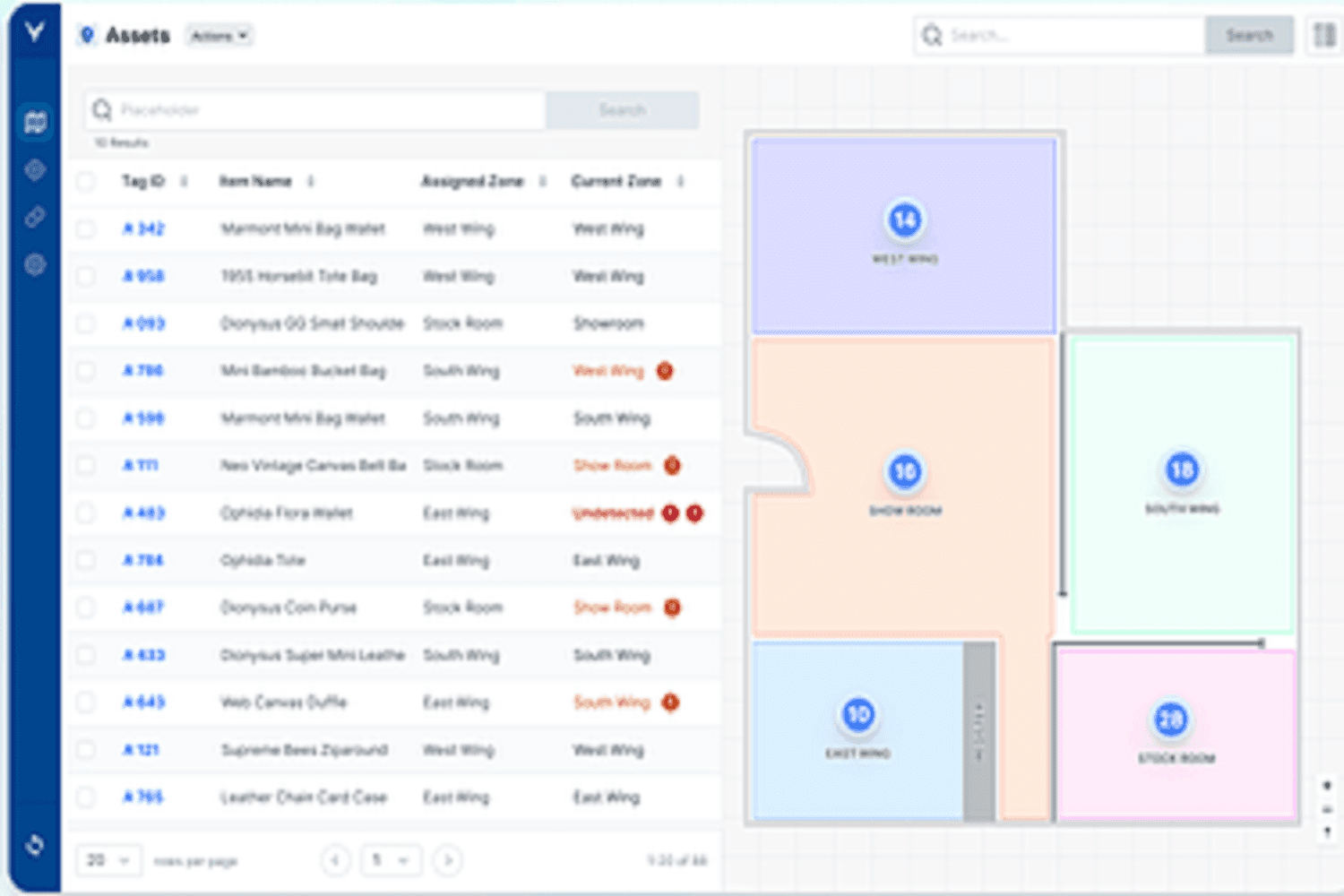MEDARIS | RFID LIBRARY SYSTEMS
Libraries are Smart Thanks to RFID!
By using RFID Library Systems, we ensure that libraries work smart and save time.
RFID Library System
simplify borrowing and return processes while keeping your collection under control at all times…
SolutionRFID Book Tracking System ✅
Features We Offer
Incorrect Placement Detection
Thanks to RFID technology, books placed on the wrong shelves are instantly detected. This allows lost or misplaced books to be easily located, enabling library users to quickly find the materials they are looking for.
Multiple Book Check-in/Check-out Process
Multiple books can be borrowed or returned simultaneously. This reduces waiting times for both users and staff, ensuring faster and smoother library operations.
Automated and Efficient Library Management
The RFID system automates inventory tracking, borrowing, and return processes. Staff can focus on more critical tasks instead of routine work, making library management significantly more efficient.
Regular and Fast Inventory Counting
With RFID, library collection counting can be completed within minutes. Human errors during book counting are minimized, ensuring that the library inventory is always up-to-date and accurate.
Route Planning and Smart Shipment Optimization
Save time and reduce costs in your shipping operations. With our advanced route planning algorithms, we determine the shortest and most efficient delivery routes, reducing fuel consumption and optimizing delivery times. Using RFID, you gain full control over your shipments through real-time load tracking and monitoring. Take full control of all your logistics processes.
End-to-End Warehouse Automation
From goods receipt to shipment dispatch, we provide integrated solutions covering all your warehouse operations. Our system ensures continuous inventory accuracy through warehouse product counts, stock counts, and lost stock pool tracking. Bulk and scattered shipment checks guarantee error-free deliveries. Shipment gate transitions and packaging processes are automatically monitored. Integration with conveyor systems and other equipment accelerates internal warehouse flow. Maintenance and improvement processes keep operations continuously optimized. Quality control steps maintain your product standards, transforming your warehouse management into a fully automated and highly efficient operation.
Real-Time Monitoring and Reporting
The system tracks the location and status of books in real time. Library managers can receive detailed reports, instantly identify missing or lost books, and make strategic decisions.
User-Friendly Operation Interface
The RFID system offers a simple and intuitive interface for both library staff and users. Transactions are carried out quickly, easily, and accurately, enhancing user satisfaction.

Areas of Use

Public Libraries

Academic Libraries

School Libraries

Archives
Technologies Used
RFID Tag
Customized RFID Tags
RFID Reader
Fixed Reader
Application
Book Return and Borrowing
System Advantages
Real-Time Tracking
Tracks the movement of books within the library. Monitors when, where, and by whom each book was taken.
Quick Detection
RFID tags enable quick identification of books’ shelf locations, allowing faster service for customers.
Fast Inventory Counting
Borrowing and returning books is faster. Instead of scanning books one by one, a group of books can be read at once.
Book Loan Period Control
RFID tracks the loan periods of books and automatically records delays, helping to prevent them.
Security Control
Can be used to prevent books from being removed accidentally or without authorization and can trigger alarm systems.
Real-Time Tracking
Quick Detection
Fast Inventory Counting
Book Loan Period Control
Security Control
Our Content Sources
Accompany your journey
Our Other Solutions
Fast Count System

- Reduced personnel costs
- Store inventory counting becomes easier
- Missing products on shelves are instantly detected
Warehouse Management

- Minimizes human errors.
- Reduces the time to locate required materials.
Personnel Tracking System

- Location tracking of personnel
- A flexible structure enabling the creation of reading points.





